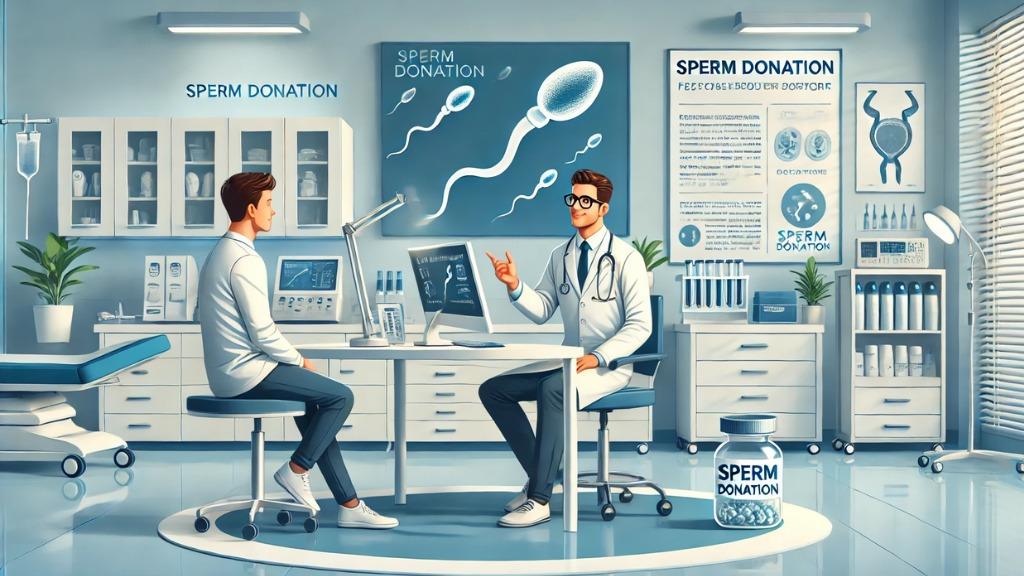Every year, more than 2.3 million women worldwide have breast cancer. While this diagnosis can be heavy, progress in treatment options, early identity, and medical technology have greatly improved the survival rate and quality of life for patients.
Treatment of breast cancer is no longer a one-size-fits-all approach. From surgery and radiation to groundbreaking immunotherapy and accurate medicine, there are many ways to fight and overcome the disease. This guide will find out what you need to know about the treatment of modern breast cancer, its effectiveness, potential side effects, and the future.
Why the Treatment of Breast Cancer Matters
1. Initial treatment saves life
When detected early, the five-year survival rate for localized breast cancer is more than 90%. This makes treatment important on time.
2. Personal treatment enhances effectiveness
Treatment of modern breast cancer corresponds to each individual’s genetics, cancerous stages, and hormone receptors, which improves success rates.
3. New technologies provide better results
From AI-operated diagnostics to targeted remedies, advancement is explaining how breast cancer is treated.
Understanding the Options for the Treatment of Breast Cancer
1. Surgery
Surgical options are often the first row of treatment. The option depends on the size, location of the tumor, and whether the cancer has spread.
Lumpectomy (breast-protection surgery): This removes the tumor while preserving the rest of the breast.
Mastectomy: Removing the affected breast (S) completely, sometimes including nearby lymph nodes.
Reconstruction surgery: Performed after a mastectomy to restore the size of the breast.
2. Radiation Therapy
Cancer uses high-energy X-rays to destroy cells. It is often recommended after surgery to reduce the risk of recurrence. External beam radiation directly targets the tumor site.
Brachytherapy: Puts radioactive sources inside the breast for local treatment.
3. Chemotherapy
- Systemic drug remedies kill cancer cells throughout the body.
- The tumor is used before surgery (newborn chemotherapy) to shrink the tumor.
- Used after surgery (accessory chemotherapy) to prevent recurrence.
- General drugs: doxorubicin, cyclophosphamide, paclitaxel.
4. Hormone Therapy
For hormone receptor-positive breast cancer, this treatment blocks estrogen or progesterone, slowing down the growth of cancer.
Tamoxifen: Blocks Estrogen receptors.
Aromatase inhibitor: Reduces Estrogen levels (anastrozole, letrozole).
Ovarian suppression: Premenopausal stops estrogen production in women.
5. Targeted medicine
These treatments attack specific cancer cell markers, reducing damage to healthy cells.
HER2-positive breast cancer:
- Trastuzumab (Herceptin): Her2 blocks protein to prevent cancer growth.
- Pertuzumab (project): Used with Herceptin for better results.
- CDK4/6 inhibitors: Cancer cells slow down (Palbociclib, Ribociclib).
6. Immunotherapy
- For triple-negative breast cancer, immunotherapy helps the immune system identify and destroy cancer cells.
- Checkpoint inhibitors (pembrolizumab, atezolizumab) improve immune response.
7. Bone undergraduate
- Metastatic breast cancer is used to prevent bone fractures and relieve pain.
- Bisphosphonates and Denosumab: Strengthen weaker bones than cancer.
Step-by-Step Guide: What is expected during the treatment of breast cancer
Step 1: Diagnosis and Staging
- For mammogram, ultrasound, MRI imaging.
- A biopsy is needed to confirm the type and grade of cancer.
- Genetic testing to assess the inherited risk (BRCA1/BRCA2).
Step 2: Treatment Plan
A multidisciplinary team, including an oncologist, surgeon, and radiologist, prepares an individual treatment plan.
Step 3: Treatment Implementation
- Surgery (if necessary) is often the first step.
- This is the basis of chemotherapy, radiation, or targeted medical phase.
Step 4: Follow and Monitoring
- Regular scans and blood tests detect recurrence.
- Survival programs help in emotional and physical recovery.
Common Mistakes to Avoid During Treatment
1. Delay in treatment
Initial intervention leads to better results – don’t wait!
2. Not asking for another opinion
Different oncologists can suggest different treatment strategies – always detect your options.
3. Ignore side effects
Many side effects such as fatigue, nausea, or hair loss can be managed with correct support.
4. Prevent treatment
Even if you feel better, preventing treatment very soon may increase the risk.
Future Trends in the Treatment of Breast Cancer
1. AI and machine learning beginner detection
AI-managed mammograms first detect tumors with more accuracy.
2. Individual medical and genetic testing
Based on genetic profiling, analog treatment improves effectiveness.
3. Liquid biopsy for non-invasive monitoring
Blood tests detect cancer DNA, giving early indications of recurrence.
4. Vaccine research
Scientists are developing breast cancer vaccines to prevent recurrence.
Real-life success story: Sara’s journey
Sara, a 42-year-old mother, was diagnosed with HER2-positive breast cancer. After a lumpectomy, Herceptin therapy, and targeted radiation, he is now cancer-free. Today, she advocates early screening and a patient support network.
Final Consideration: Finding Hope in The Treatment of Breast Cancer
A long way has been carried out in the treatment of breast cancer, which improves high survival rates and quality of life. Whether surgery, targeted therapy, or immunotherapy, there are several avenues for recovery.
If you or a loved one is facing a diagnosis of breast cancer, remember – modern detection and personal treatment can make all the difference.
Be informed, look for the best care, and never lose hope!




